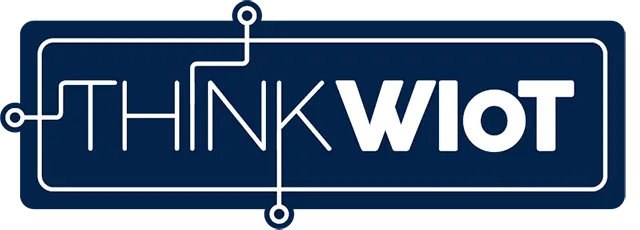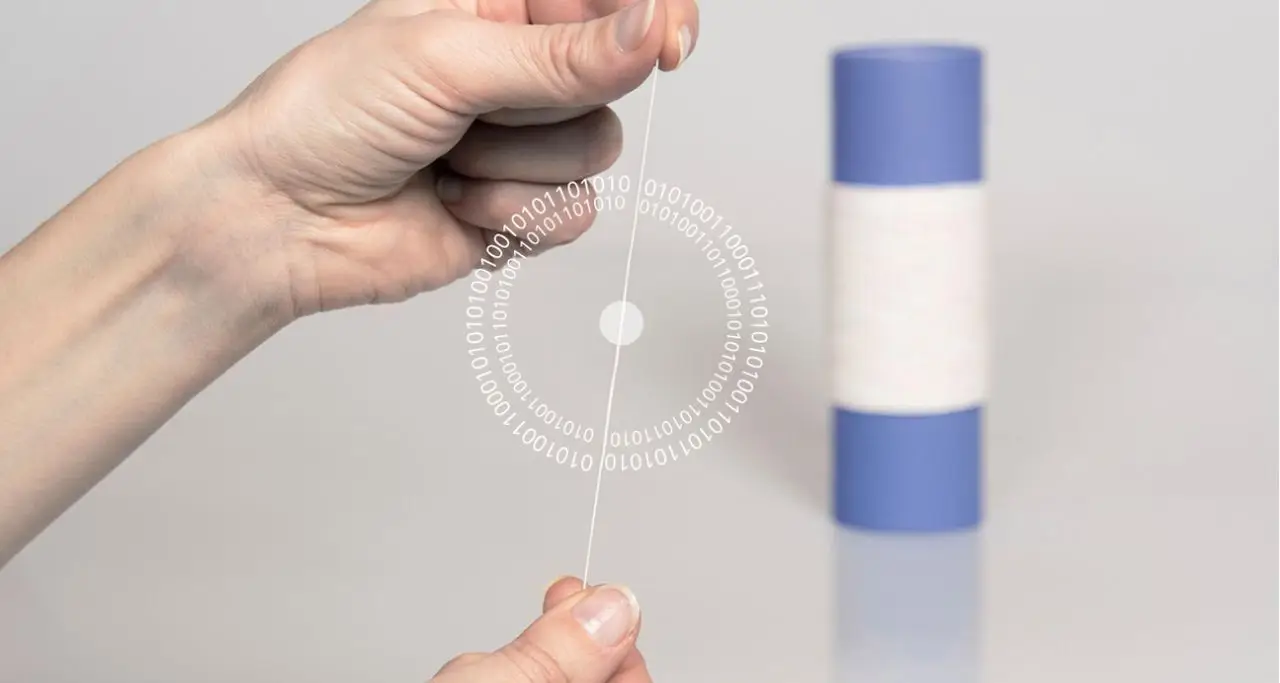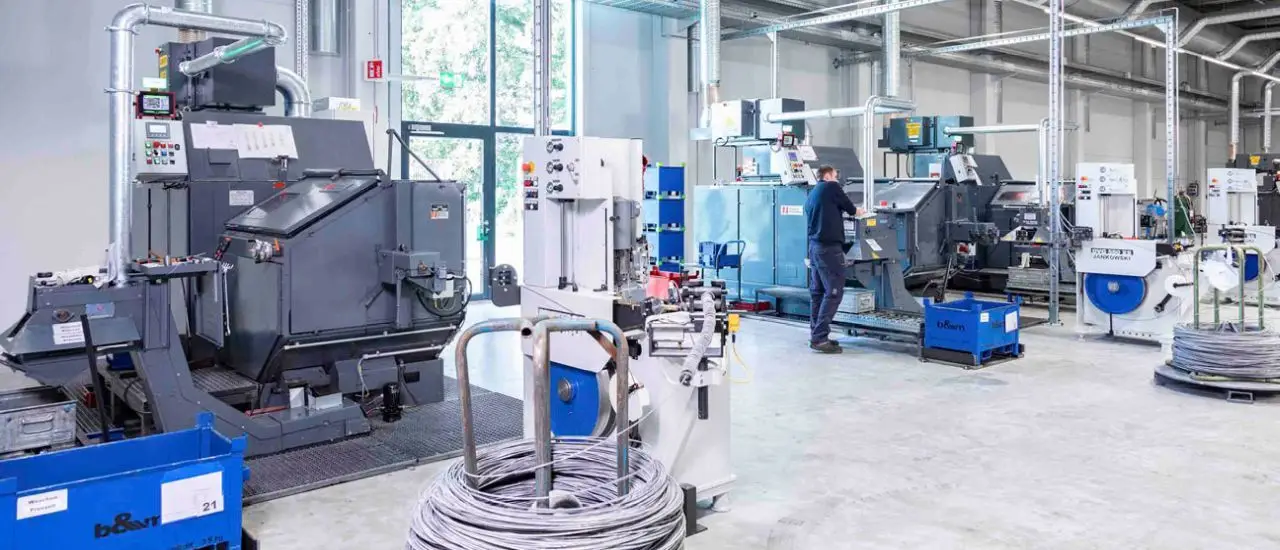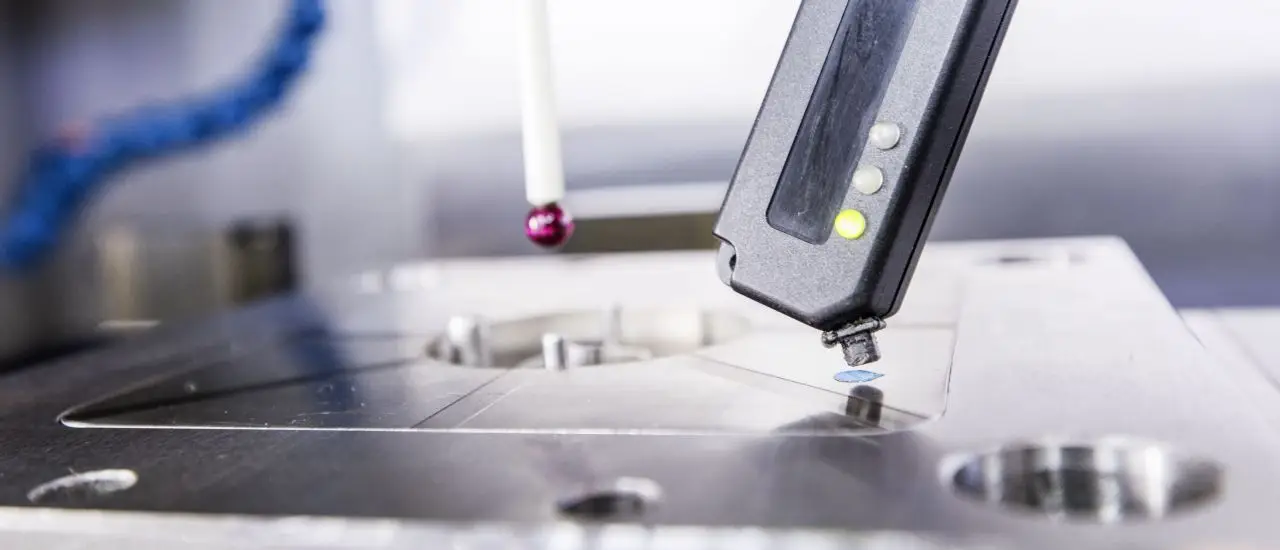In this exclusive interview, Think WIOT’s Anja Van Bocxlaer speaks with Chuck Evanhoe, Chairman of the Board at AIM Global, the Association for Automatic Identification and Mobility. Evanhoe reflects on four decades of development in the Auto-ID industry, AIM’s evolving role in global standardization, and the organization’s unwavering focus on education, relevance, and community.
From the Digital Product Passport to the rise of digital twins and AI, AIM continues to shape the future of identification technologies.
Interview with Chuck Evanhoe, Chairman of the Board at AIM Global
Looking back on your long career with AIM Global – what was particularly meaningful to you?
Chuck Evanhoe: Above all, working with so many outstanding people in the industry. Names like Sprague Ackley or Clive Hohberger represent many brilliant minds who have shaped the Auto-ID world. It has been a pleasure to work together on the development of the industry and to continuously ensure its relevance. This combination of collegial exchange and strategic influence has been particularly fulfilling for me.
What challenges has AIM faced over the past decades?
Evanhoe: In the beginning – like many other organizations – we faced financial hurdles. But it was exactly this situation that forced us to realign and strengthen our relevance to the market. We addressed new stakeholders, rethought our structures, and emerged from it as a stronger organization.
How has the industry changed over the past 40 years?
Evanhoe: A good example is the increasing adoption of passive UHF RFID solutions – not only within the industry but also among users who previously had little exposure. New legal requirements, such as the Digital Product Passport or the Food Safety Modernization Act, are bringing additional groups into play: manufacturers, suppliers, retailers.
As a result, interest in AIM is continuously growing. This gives us the opportunity to reach even more people together with partners like Think WIOT.
Chuck Evanhoe - President of Aware Innovations and Chairman, Board of Directors
AIM’s Mission Today
What is currently of particular importance to AIM?
Evanhoe: We are experiencing an exciting time. The need for reliable identification is growing. Our technologies form the bridge between the physical and the digital world. Without them, no IoT system, no digital twin, and no traceability can function. The industry is developing rapidly, and AIM is right at the center as a driving force.
What goals is AIM Global currently pursuing?
Evanhoe: Our focus remains on relevance – for the industry, for users, and for stakeholders. We continue to emphasize the standards with which it all began, education around AIDC technologies, and networking. Conferences like Wireless IoT tomorrow provide a strong platform for this: breakfasts, sessions, meetings – all serve the purpose of exchange. It’s not about short-lived trends, but about sustainable relevance.
How does AIM position itself between industry, research, and politics?
Evanhoe: We connect all three areas. Our regional sections closely observe new regulatory developments – such as the Digital Product Passport or traceability in the supply chain. We are involved in standardization, support research, and convey practical knowledge through formats such as seminars, webinars, and conferences.
Inspiring Membership and Industry Engagement
Were there phases of particularly high activity – with strong member growth and high dynamics?
Evanhoe: Definitely. For years now, our development has been moving in one direction: relevance. This is due in no small part to our dedicated staff. Mary Lou and her team are the backbone of the organization. They keep operations running, ensure continuity, and bring fresh impulses.
Even during the pandemic, we managed to persevere, maintain relevance, and provide guidance to the industry. Board and team work hand in hand – strategically and operationally.
Chuck Evanhoe - President of Aware Innovations and Chairman, Board of Directors
Some say: “I can find everything online – why do I still need an association?”
Evanhoe: That attitude falls short. Knowledge does not arise through Google alone, but through exchange with others – in workshops, webinars, and personal conversations. Those who want to think ahead and develop new ideas need a network. That is exactly what organizations like AIM provide.
How does AIM succeed in inspiring young people for the industry?
Evanhoe: We launched two initiatives – one for young people and one for women in the Auto-ID industry. The goal is to address and involve these groups specifically. Many young people see barcodes or QR codes as a matter of course, without knowing the technology or significance behind them. Through educational programs and personal engagement, we aim to convey this knowledge.
How do you motivate members to work not only for themselves but also for the industry?
Evanhoe: Openness and collegiality are core values at AIM. Of course, every company has its own goals – but we believe in the added value of working together. When the industry as a whole grows, everyone benefits. AIM provides the space to present new ideas, develop standards together, and share knowledge. Those who have a good idea will find the right partners for implementation at AIM.
Standardization, Technology, and the Road Ahead
What role does AIM play in international standards?
Evanhoe: AIM has been a founding force in standardization within the Auto-ID sector. Numerous internationally established barcode standards originate from our organization. We are also active in the RFID space.
Our goal is to promote the effective application of standards – through education, training, and advocacy. Those who understand and correctly apply our technologies maximize their benefits.
Chuck Evanhoe - President of Aware Innovations and Chairman, Board of Directors
Which technological trends are you observing at the moment?
Evanhoe: Interest in IoT and digital twins is growing rapidly. Technologies such as Wi-Fi HaLow or sub-gigahertz frequencies play an important role. Our contribution is clear: we ensure the reliable identification of physical objects. The complementary technologies help transmit the captured data into systems where they can be used meaningfully. AIM thus ensures that the connection between the real and digital world functions – for example, via 2D codes or other identification solutions.
What role do Auto-ID technologies play in conjunction with AI and sustainability?
Evanhoe: Our technologies provide the necessary data for systems using artificial intelligence, machine learning, and IoT applications. They are also indispensable for sustainability – for example, in monitoring supply chains or tracking energy use through energy harvesting. Auto-ID is the foundation of any data-driven innovation.
Are there regional differences in the adoption of Auto-ID?
Evanhoe: Overall, we see growing global acceptance. In the U.S., the retail sector is the driving force – led by companies like Walmart or Macy’s. In Europe, regulatory requirements are the focus, for example, the Digital Product Passport. Asia, in turn, stands out with manufacturing depth and innovation. Each region has its own focus – but all are moving toward broader adoption.
What role will AIM play in the next five years?
We will continue to set standards, share knowledge, and connect people. Whether it’s barcodes, RFID, or BLE – our mission remains to enable and explain the identification of objects and processes.
Chuck Evanhoe - President of Aware Innovations and Chairman, Board of Directors











